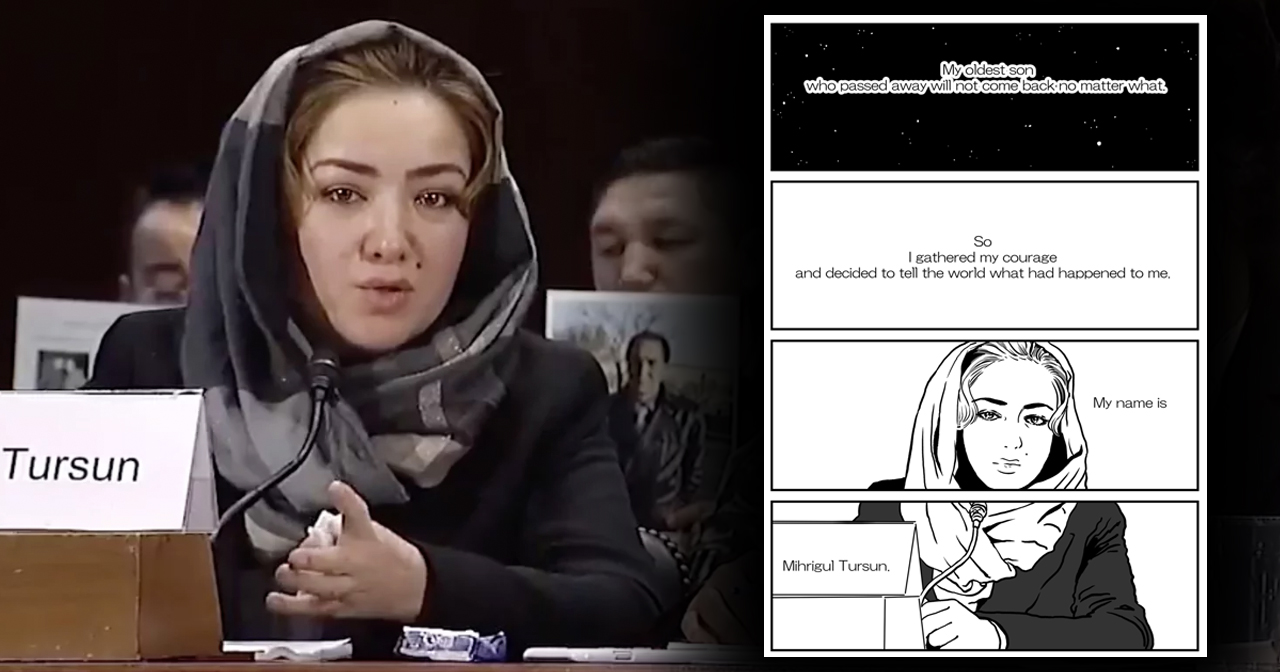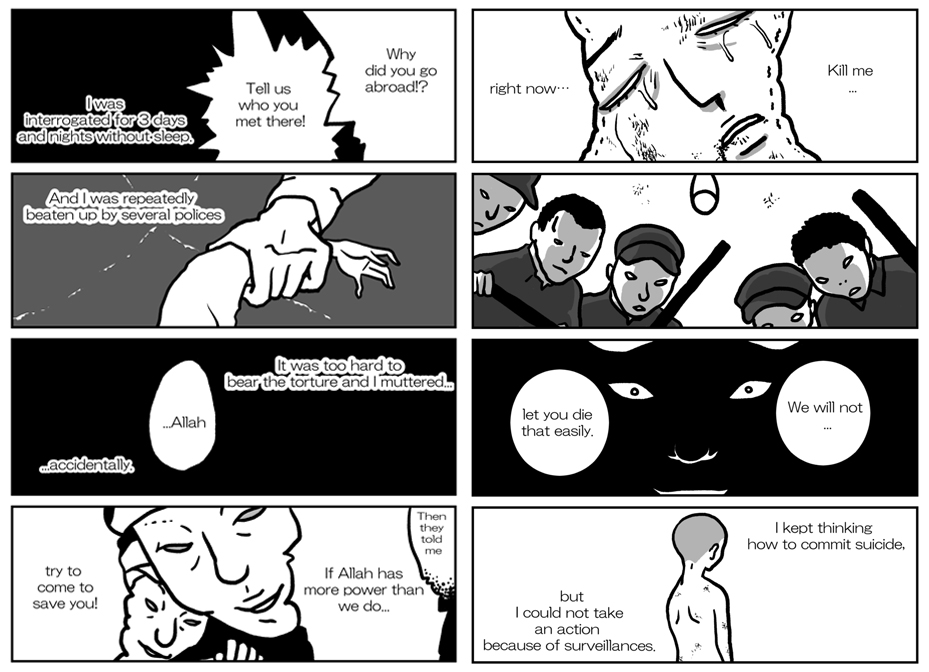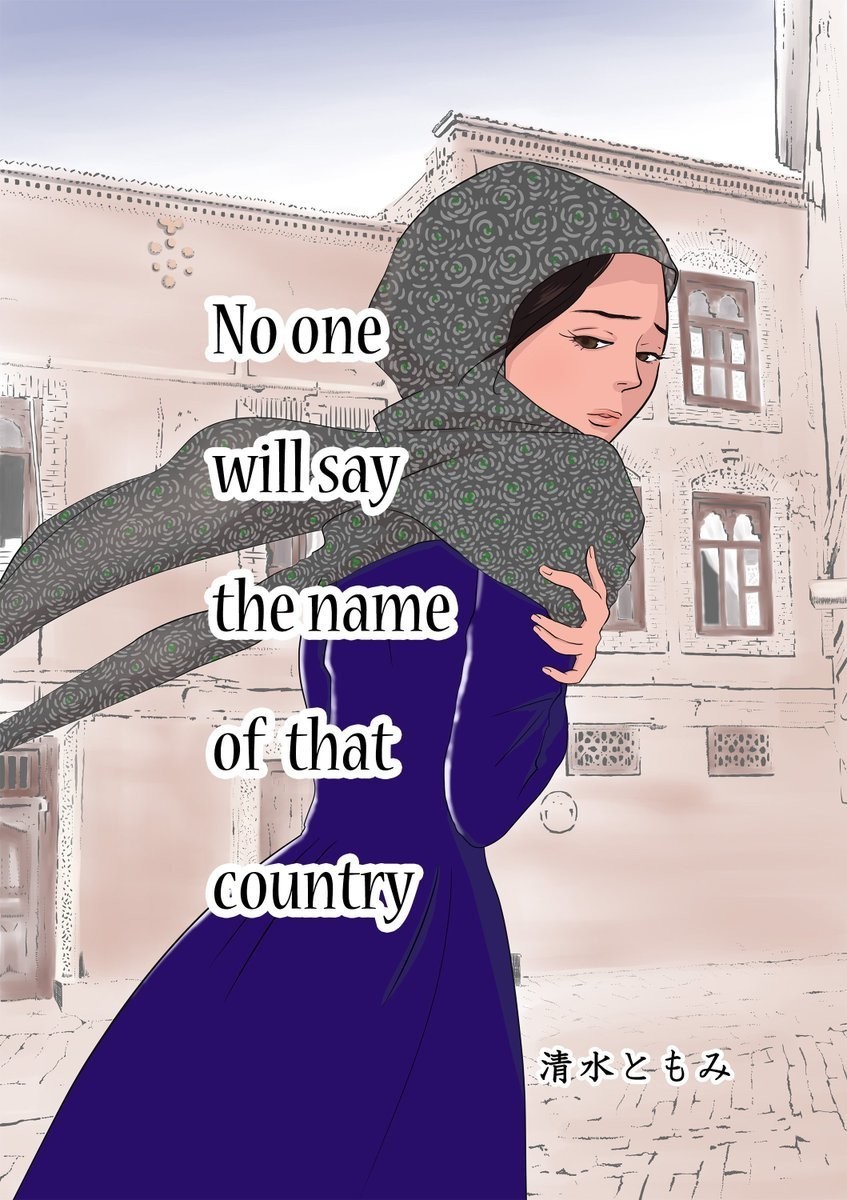How A Japanese Artist Is Using Manga To Highlight The Plight Of Uighur Muslims In China
The artist's manga titled, "What Has Happened To Me", tells the story of Mihrigul Tursun, who was tortured and detained in China on three separate occasions.
Tomomi Shimizu is a 50-year-old Japanese artist.
Recently, her manga — a Japanese language graphic novel — which tells the story of Mihrigul Tursun, a Uighur woman who was detained and tortured in China on three separate occasions went hugely viral.
The manga about the Uighur woman has been viewed more than 3.3 million times on her website, and her tweets have drawn over 2.6 million likes and retweets since August this year.
According to The Washington Post, it has been cited by pro-democracy protesters on the streets of Hong Kong and generated feedback from the United States to Europe, from Russia to Taiwan.
The popularity of the graphic novel titled, "What has happened to me: A testimony of a Uighur woman", prompted artist Tomomi Shimizu to translate it into several languages including Mandarin and English.
The manga tells the story of 30-year-old Mihrigul Tursun, who has claimed that one of her three sons died under mysterious circumstances while she was detained in one of the re-education camps in Xinjiang on three separate occasions between 2015 and 2017
While Shimizu and Tursun haven't been in direct contact with each other, the Japanese artist was inspired after hearing about the repression of the Uigurs and then hearing Tursun's story.
"I thought, 'What can I do?' I started drawing cartoons 20 years ago, and I thought, 'I can do manga,'" Shimizu was quoted as saying by The Washington Post earlier in December.
According to the Japanese artist, she wants ordinary people to know about the plight Uighur Muslims face in China and think about it as it's not about "some poor people in a remote country".
"I want people to see this as an issue relevant to Japan," Shimizu added.
These Uighur people were also living an ordinary life, just like us.
In a more recent interview with Reuters, Shimizu said that while the Uighur issue is well known among people who are into politics, little is known among the general public.
The Uighurs, a Muslim minority native to China's northwest border region of Xinjiang, are reportedly detained in Xinjiang re-education camps "to ensure adherence to Chinese Communist Party ideology".
"The gap is staggering," the 50-old-year artist said during the Reuters interview on 27 December.
"I felt I should make a story for this, and I tried to keep this as simple and as understandable as possible."
Mihrigul Tursun during her testimony at a US hearing and a panel from the manga "What Has Happened to Me".
Image via Hong Kong Free Press/YouTubeShimizu's manga about the Uighur woman's story has captured the attention of millions of people not just in Japan but around the world
Realising the reach she has thanks to her work, the Japanese artist says she wants to raise awareness of China's crackdown Uighurs, one of China's 55 officially recognised ethnic minorities.
"Telling people about them (Uighurs) through manga is my mission," the Japanese artist said, adding that she is not trying to use the Uighur issue to smear China.
And, it's not the first manga Shimizu had drawn highlighting China's treatment of the Uighurs after she became aware of their plight
Published in May this year, her first manga on the subject was called "No one will say the name of that country", in which, Shimizu described how China was destroying the mosques.
The Japanese artist also detailed the establishment of a surveillance state, the disappearance of young men, the ripping apart of families as internment camps are established, the arrest of one woman for calling her land "East Turkestan", a term used by Uighur separatists to refer to Xinjiang.
That manga brought her to the attention of Uighurs living in Japan, which is when she heard Tursun's story at an event organised by Amnesty International and Meiji University.



